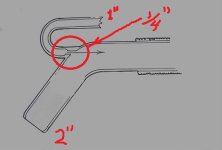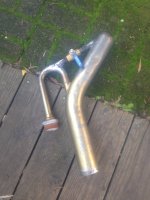So I created this google sheet with the help of a fluid mechanic. It calculates the optimal size of the jet inside your nozzle based on your pump specs. It however does not take the actual nozzle size into account but should give the optimal size for your pump.
Feel free to use it. Click file, make a copy and then you can edit the file.

Feel free to use it. Click file, make a copy and then you can edit the file.








 I got the Super Hog
I got the Super Hog 





